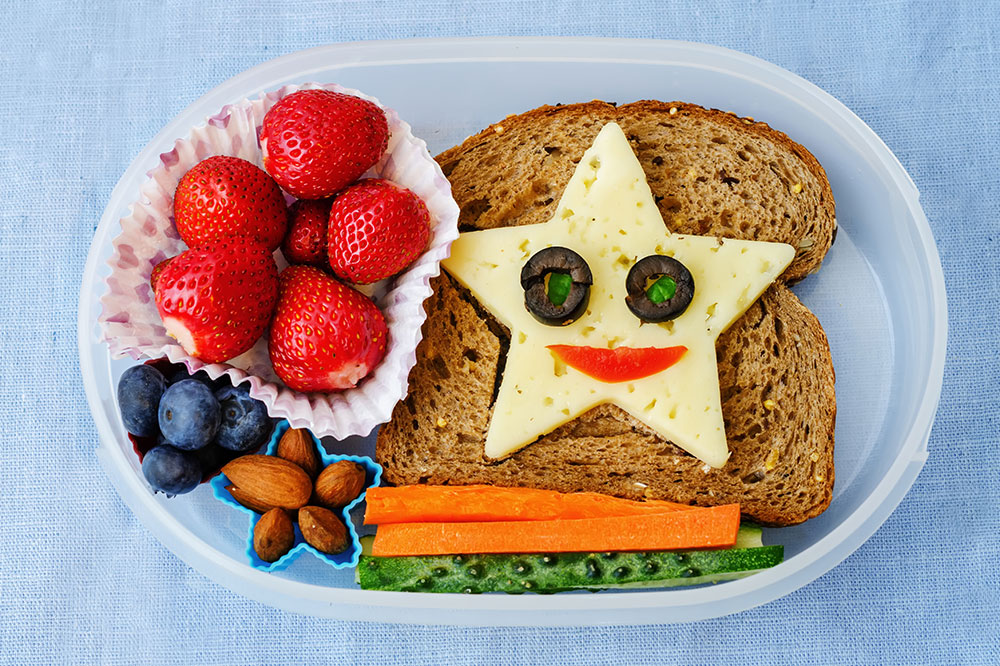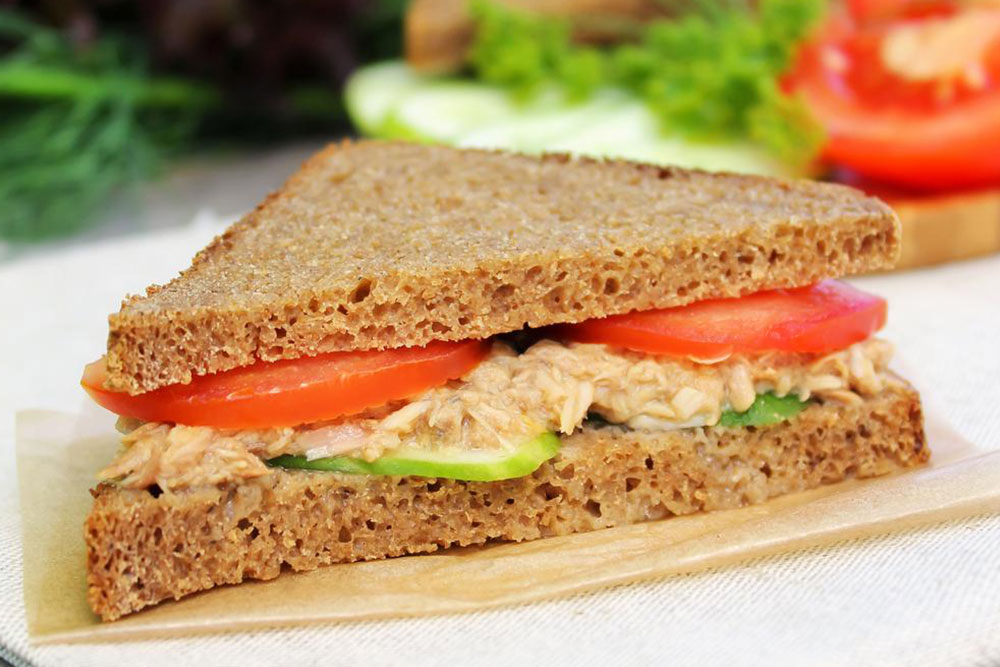Healthy Snack Ideas for Children
Discover essential tips for healthy snacking in children, including nutritious snack ideas, optimal timing, and healthy habits. Learn how to introduce balanced snacks that support growth and development while fostering good eating routines. Practical advice helps parents manage snack choices to ensure kids receive vital nutrients without overindulgence. Emphasizing moderation and healthy options can enhance your child's diet and prevent unhealthy eating habits for a lifetime.
Sponsored

Nourishing Snacks for Kids
Healthy snacks for children
In today’s busy lifestyle, parents are raising a generation of snack enthusiasts. Many kids tend to snack frequently throughout the day, often indulging in cookies, salty treats, and fruit beverages. Research indicates that nearly 50% of American children snack about four times daily. Young children aged 2 to 6 have shown the largest increase in snacking, adding an average of 182 extra calories daily compared to the 1970s, as reported in Health Affairs.
Although daily snacking has increased by 168 calories, overall calorie intake during the study rose by only 113 calories. This suggests that frequent snacking reduces children's hunger during main meals, leading to lower intake of nutritious breakfast, lunch, and dinner. Currently, snacking accounts for about 27% of a child's daily calories. Therefore, offering healthy snack options is vital for maintaining a balanced diet for children.
Are snacks necessary for children?
Children need a balanced intake of nutrients to support growth and development.
Essential nutrients like proteins, carbohydrates, calcium, and iron must be included regularly through meals and snacks.
Proper snacking helps meet nutrient requirements and regulate appetite and eating habits.
The key to effective snacking is choosing the right foods and timing snacks appropriately.
When is the ideal time for children to have snacks?
As children grow, their eating and sleeping patterns change significantly.
If a child skips well-balanced meals, avoid offering snacks until the next scheduled meal or snack time.
If your child enjoys drinking milk, serve it after meals to ensure they still have solid foods in their diet.
How can parents manage healthy eating habits?
Create a designated "snack zone" in your home, such as the dining table or countertop, to control snacking locations.
Avoid free-range snacking around the house, which makes monitoring intake difficult.
Limit snacking during TV time to prevent mindless eating that can lead to weight gain.
Tips for smart snacking
Expect smaller portion sizes for younger children; they may snack more frequently than older kids.
Maintain consistent snack and meal times to establish routine.
Avoid offering snacks too close to mealtime to encourage proper eating habits.
Utilize frozen foods, which are as nutritious as fresh options and often more affordable, to reduce snack costs.
Place a bowl of fresh fruit in common areas for easy access and healthy choices.
Offer a variety of food options early in life to develop diverse food preferences.
Avoid using food as a reward; instead, praise, hugs, and attention are better motivators.
Optimal snacks for children
Choose snacks rich in protein and fiber to keep kids full and support their nutritional needs.
Recommended snack options
Mixed nuts and dried fruits without added sugar, whole-grain pretzels, and low-sugar cereals
Baked tortilla chips with salsa
Roasted chickpeas
Low-fat yogurt, fresh fruits, and nuts
Celery sticks filled with almond butter, topped with chopped pistachios and dried cranberries
Turkey slices wrapped around apple pieces
Nuts combined with raisins
While snacks are crucial for providing nutrients, it is important to supervise children's snacking habits to promote healthy eating behaviors.






